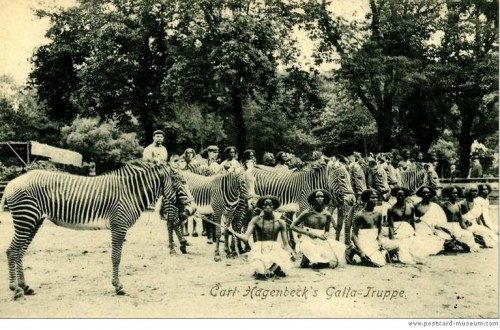 Fish farming, the raising of fish in captivity, is often seen as a more sustainable way to feed the increasingly global hunger for seafood. At least, the story goes, it doesn’t contribute to the over-fishing of our oceans.
Fish farming, the raising of fish in captivity, is often seen as a more sustainable way to feed the increasingly global hunger for seafood. At least, the story goes, it doesn’t contribute to the over-fishing of our oceans.
Right?
The answer turns out to be: not necessarily. Carnivorous species of farmed fish still need to be fed, so there is an entire secondary industry: fishing for fish food. Just about anything that can be caught will do; the mix of sea animals is simply ground up and made into pellets. So, the fisherman typically catch absolutely everything that they can, sterilizing a small piece of the ocean. They don’t distinguish between large and small fish (the large they can sell as human food, the small they sell as fish food) or adults and juveniles. By taking the larger fish, they’re taking out populations before they have a chance to reproduce. You can see how this is a system with a devastating expiration date.
This 9-minute clip from Grinding Nemo covers the environmental impact of this practice, as well as the inhumane working conditions of some of the men hired to work in this industry:
Via Sociology in Focus.
Lisa Wade, PhD is an Associate Professor at Tulane University. She is the author of American Hookup, a book about college sexual culture; a textbook about gender; and a forthcoming introductory text: Terrible Magnificent Sociology. You can follow her on Twitter and Instagram.















